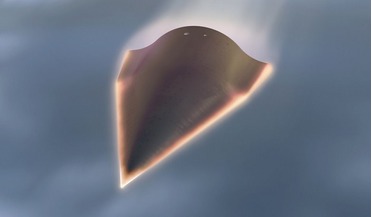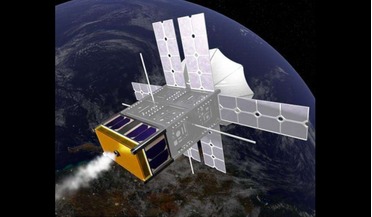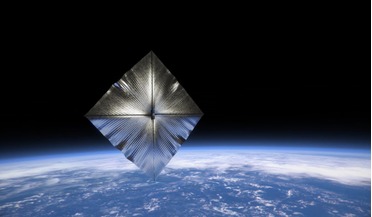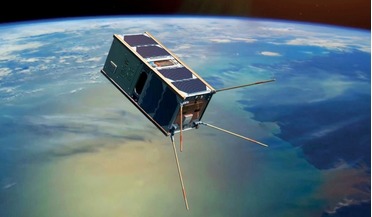 July 2014
The hypersonic grail: advances at DARPA, AFRL and beyond
July 2014
The hypersonic grail: advances at DARPA, AFRL and beyond
... space transportation system that would allow transit to low-Earth orbit (LEO) more routinely, affordably, and safely ... This high launch cost similarly limits private forays into orbit for business and pleasure purposes. The primary contributors to...
 21 December 2020
Innovative design could see CubeSats "steam-powered"
21 December 2020
Innovative design could see CubeSats "steam-powered"
... only two moving parts and delivers enough total impulse (1,800 Ns with 1 kilogram of water) to maintain a CubeSat in a Low Earth Orbit (LEO) altitude of 375 kilometres for more than five years. This represents a huge potential savings in satellite...
 29 May 2018
Gilmour Space prepares for suborbital hybrid rocket launch
29 May 2018
Gilmour Space prepares for suborbital hybrid rocket launch
..., which we plan to use in the first stage of our Eris orbital rocket.” 'Eris' is the company's three-stage hybrid rocket dedicated to launching small satellites (up to 400 kg) to Low Earth Orbit by 2020. "It will also be a test of our mobile launch...
 29 April 2020
NASA's new solar sail system to be tested on-board NanoAvionics' satellite
29 April 2020
NASA's new solar sail system to be tested on-board NanoAvionics' satellite
... for a 12U bus to carry NASA's payload into low Earth orbit (LEO) including an approximately 800 square foot (74 square...demonstration using NanoAvionics' 12U bus will be the first ever in-orbit trial of NASA's composite booms as well as sail packing ...
 September 2017
Australia’s ambitious home-grown space industry
September 2017
Australia’s ambitious home-grown space industry
...Myriota’s core-business is building small, self-contained modules that communicate directly with a constellation of low Earth orbit (LEO) satellites. Collected data is transferred to ground stations where all the transmissions received from thousands...
 January 2022
De Ayrshire ad Astra
January 2022
De Ayrshire ad Astra
... launch vehicles was a horizontal air-launch system. The then Orbital Sciences’ Pegasus is a three stage, solid propellant launcher capable of placing up to 443 kg into low Earth orbit (LEO). Pegasus first flew in 1990, long before SpaceX inspired...